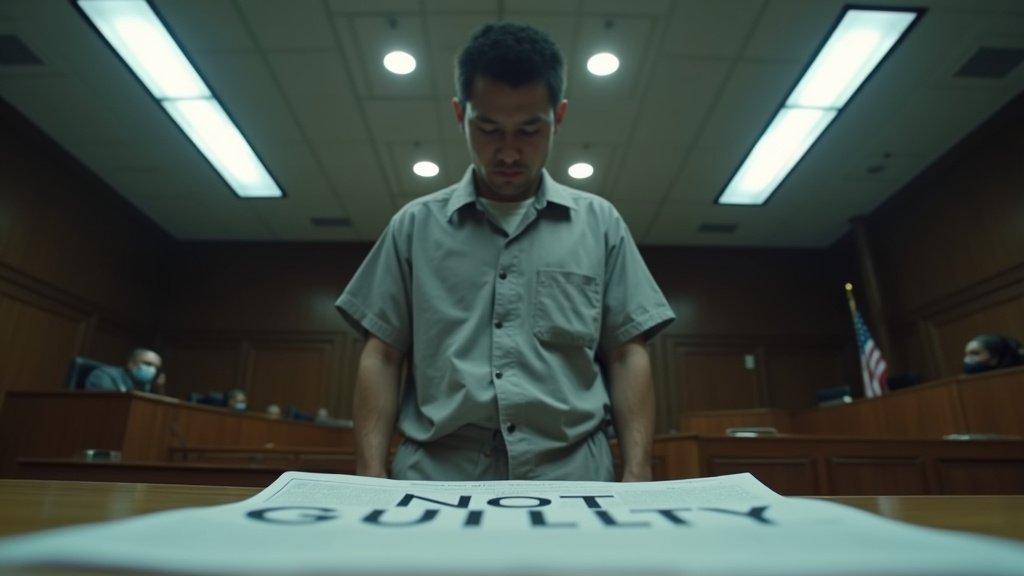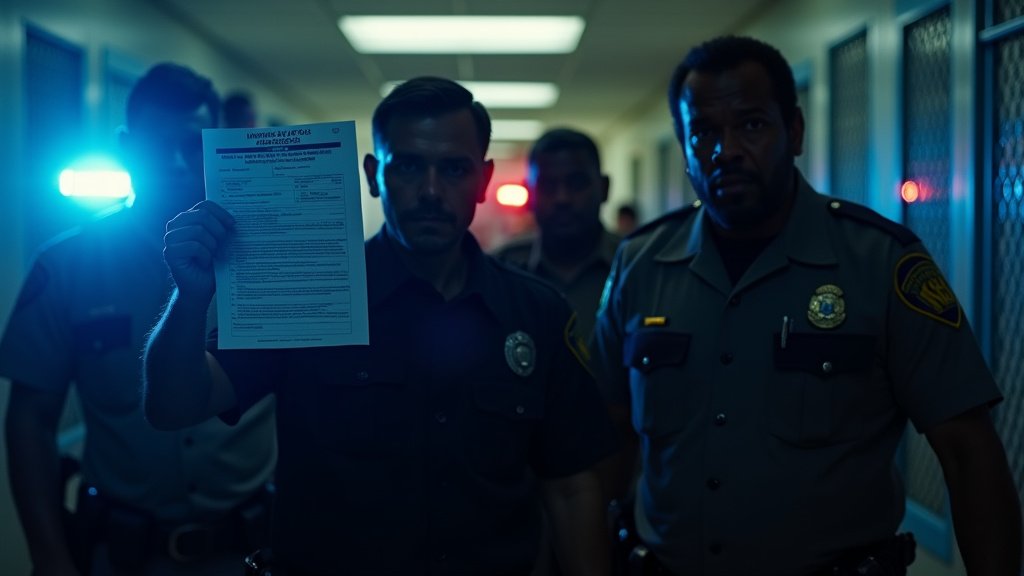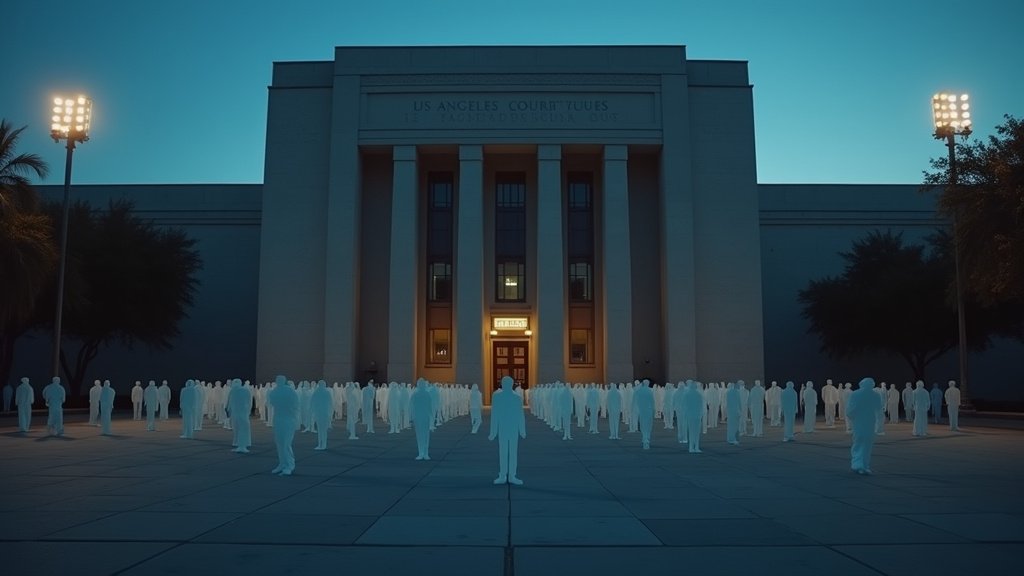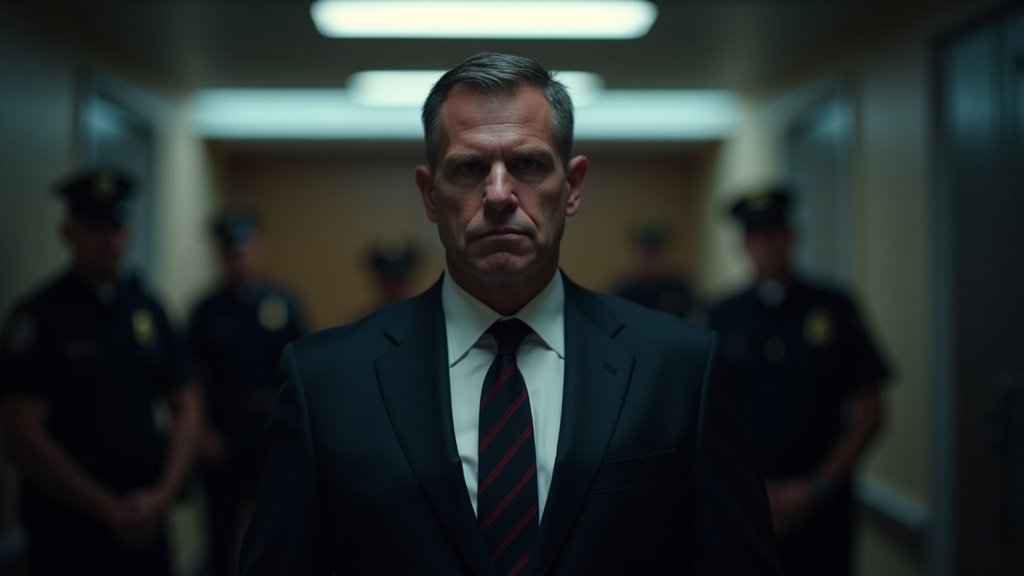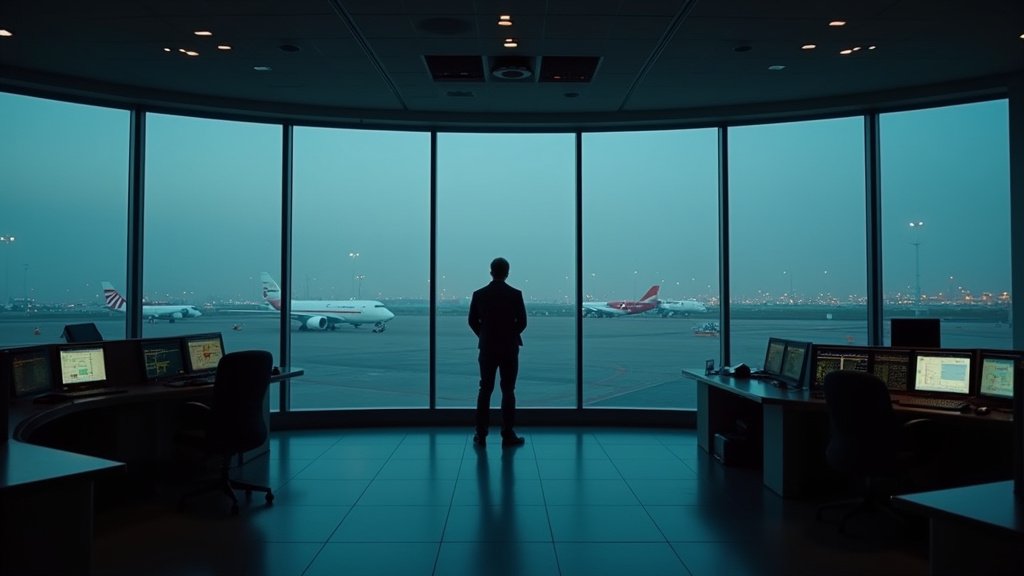A 29-year-old man accused of igniting the devastating Palisades Fire, one of Los Angeles’ most destructive wildfires in history, pleaded not guilty to federal arson charges on Thursday, October 24, 2025. Jonathan Rinderknecht, formerly of Pacific Palisades and most recently of Melbourne, Florida, entered his plea in a downtown Los Angeles courtroom, marking a significant step in the legal proceedings that follow the tragic inferno, bringing the focus to the Palisades Fire arson investigation.
Palisades Fire Arson: Plea and Charges
Rinderknecht appeared before U.S. Magistrate Judge Rozella Oliver, facing three felony counts stemming from his alleged role in the January 2025 blaze: destruction of property by means of fire, arson affecting property used in interstate commerce, and illegally setting timber afire. Prosecutors allege Rinderknecht “maliciously” started a fire on New Year’s Day 2025 that, after being initially suppressed, smoldered underground and later reignited into the catastrophic Palisades Fire. If convicted on all counts related to the Palisades Fire arson, Rinderknecht faces a mandatory minimum sentence of five years in federal prison and a statutory maximum of 45 years. He was ordered to remain in federal custody without bond, with his trial scheduled to begin on December 16, 2025, as the Palisades Fire arson case progresses.
The Palisades Fire: A City Scarred by Arson
The Palisades Fire, which erupted on January 7, 2025, rapidly transformed into a monstrous blaze, fanned by powerful Santa Ana winds. The fire consumed approximately 23,448 acres, devastating large swaths of Pacific Palisades, Topanga, and Malibu. It resulted in 12 confirmed fatalities and destroyed a staggering 6,837 structures, making it the most destructive wildfire in the city of Los Angeles’ history and one of the deadliest and most destructive in California’s record. The scale of destruction left entire neighborhoods unrecognizable, reducing homes, businesses, and community landmarks to ash. The investigation into the Palisades Fire arson aims to bring accountability for this widespread wildfire destruction.
Prosecution’s Case: The “Holdover Fire” Theory in Palisades Fire Arson
According to federal prosecutors, Rinderknecht, who had previously worked as an Uber driver in the area, drove to a trailhead near Pacific Palisades after completing a New Year’s Eve shift. The complaint alleges that shortly after midnight on January 1, 2025, he ignited a small brush fire, known as the Lachman Fire, in Temescal Canyon. While firefighters quickly contained this initial blaze to about eight acres, prosecutors contend that embers smoldered undetected underground within the dense vegetation’s root structure for nearly a week. This phenomenon, described as a “holdover fire,” reignited on January 7 when strong winds swept through the region, escalating into the massive Palisades Fire, fueling the Palisades Fire arson allegations.
Digital Evidence and Witness Accounts in the Palisades Fire Arson Investigation
Investigators have compiled a significant amount of digital evidence as part of their case related to the Palisades Fire arson. This includes cellphone data from Rinderknecht’s iPhone, which prosecutors say placed him just 30 feet from the Lachman Fire’s origin, contradicting his subsequent statements to law enforcement. During an interview on January 24, 2025, Rinderknecht allegedly lied about his whereabouts when the fire first started. Further evidence includes ChatGPT logs that reportedly show Rinderknecht requesting AI-generated images of a burning city and posing questions about arson liability. Prosecutors also highlighted Rinderknecht’s return to the fire scene to observe firefighters, which they described as “highly unusual conduct,” in the context of the Palisades Fire arson investigation.
Defense Challenges and Future Proceedings on Palisades Fire Arson
Rinderknecht’s attorney, Steve Haney, has asserted his client’s innocence, emphasizing that Rinderknecht has no prior criminal record, history of mental illness, or drug use. Haney has questioned the prosecution’s theory, arguing that Rinderknecht is being unfairly blamed for the Palisades Fire, which reignited days after the initial Lachman Fire. The defense has challenged the fire department’s handling of the initial blaze and questioned why Rinderknecht is being held accountable for a fire that escalated due to subsequent conditions. The legal battle is expected to be complex, with the defense seeking to dismantle the prosecution’s link between Rinderknecht’s actions and the catastrophic wildfire, particularly concerning the Palisades Fire arson charges.
A Wider Context of California Wildfires and Palisades Fire Arson
The January 2025 wildfire season in Los Angeles County was particularly severe, with the Palisades Fire occurring concurrently with the Eaton Fire in the Altadena area. The Eaton Fire, also driven by high winds, caused extensive damage and fatalities, with its cause under investigation, potentially involving electrical utility equipment. The combined impact of these and other blazes underscored the region’s vulnerability to extreme weather conditions, including prolonged drought and powerful Santa Ana winds, highlighting the ongoing challenges of wildfire preparedness and response in Southern California. This context of widespread California wildfires makes the specific Palisades Fire arson case all the more critical.
As the legal process unfolds, the Los Angeles community continues to grapple with the aftermath of the Palisades Fire. The plea of not guilty by Jonathan Rinderknecht sets the stage for a trial that will seek to assign responsibility for one of the most devastating events in the city’s modern history. This news is featured prominently in Los Angeles News outlets, focusing on the federal arson charges and the ongoing Palisades Fire arson saga.

